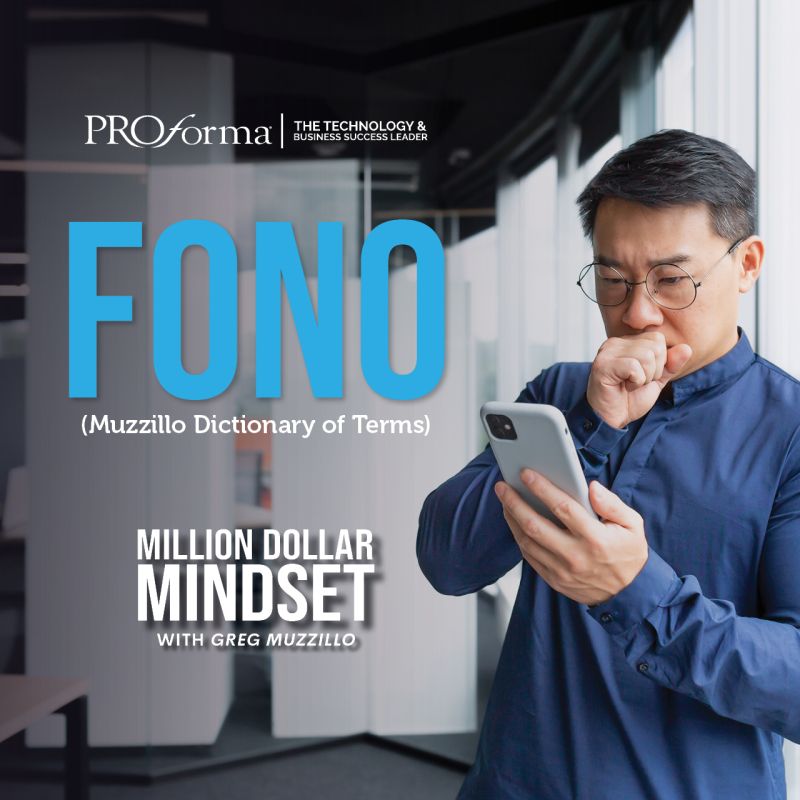The International Olympic Committee is drawing criticism this week after it was revealed that its staff uniforms for the Tokyo games are made by an apparel company that uses Xinjiang cotton—just the latest in a line of high-profile brands and companies getting wrapped up in the international politics surrounding the world’s largest cotton-producing hub.
Business Insider reported that Hengyuanxiang Group, the company hired by the IOC, has marketed its products on e-commerce platforms like Taobao and JD.com with descriptions stating that the products are made with Xinjiang cotton.
The ongoing issue with sourcing cotton from Xinjiang has become a major storyline in the apparel world. The region is China’s primary source of cotton, but accusations of forced labor have shone an international spotlight on its practices.
Any possible link between a company and Xinjiang is enough to spark controversy, as we’ve seen with brands like Nike, Apple and various colleges and universities.
The issue is that, since Xinjiang is such a major player in the international cotton supply chain, it’s not easy for brands to simply cut ties and stop sourcing there. It’s especially tricky due to the complicated politics now factoring in.
H&M is a good case study. Last year, the Swedish fast fashion brand pledged to move away from Xinjiang cotton. That move obviously appeals to Western buyers and helps H&M avoid import restrictions the U.S. has placed on cotton from the region.
But the move is causing problems for H&M in China, where the apparel company has been accused of playing partisan politics and catering to the U.S. in an attempt to undermine China’s booming economic output. From the South China Morning Post:
Last September, H&M said it had stopped using Xinjiang cotton following the advice of the Better Cotton Initiativein March. This went unnoticed until March 24 this year, when a short Weibo post by the Chinese Communist Youth League ignited national rage.
Within hours, H&M had vanished from China’s virtual space. H&M products were taken off e-commerce shelves, and H&M retail outlets had disappeared from Chinese digital maps.
H&M has not apologized as demanded, to the surprise, perhaps, of even the Chinese. After all, during the last wave of Chinese boycotts of global fashion houses over Hong Kong, Versace, Coach and Tiffany had quickly apologized.
The latest national boycott triggered by H&M has quickly spread to many other brands, including Nike.
“They are being almost at this point told, ‘Choose the U.S. as your market, or choose China as your market,’” Nicole Bivens Collinson, a lobbyist who represents major apparel brands at Washington law firm Sandler, Travis & Rosenberg, told the New York Times.
That’s the choice apparel makers are increasingly being forced to make. Stick with Xinjiang cotton and alienate yourself from Western markets, or move production elsewhere and face backlash in China.
Apparel companies have been looking for ways to diversify their supply chains for a while now, even before the international attention on China’s alleged Uighur labor camps, which the U.S. has officially termed a genocide.
Textile operations are growing in other countries like Vietnam, Ethiopia, Myanmar and Cambodia. So, for brands that want to move away from China, there are options. But the politics may become increasingly complicated.



